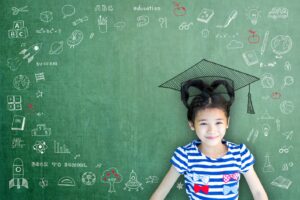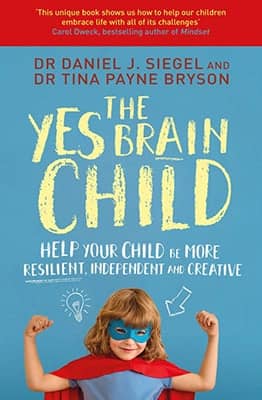Celebrating Cultural Diversity
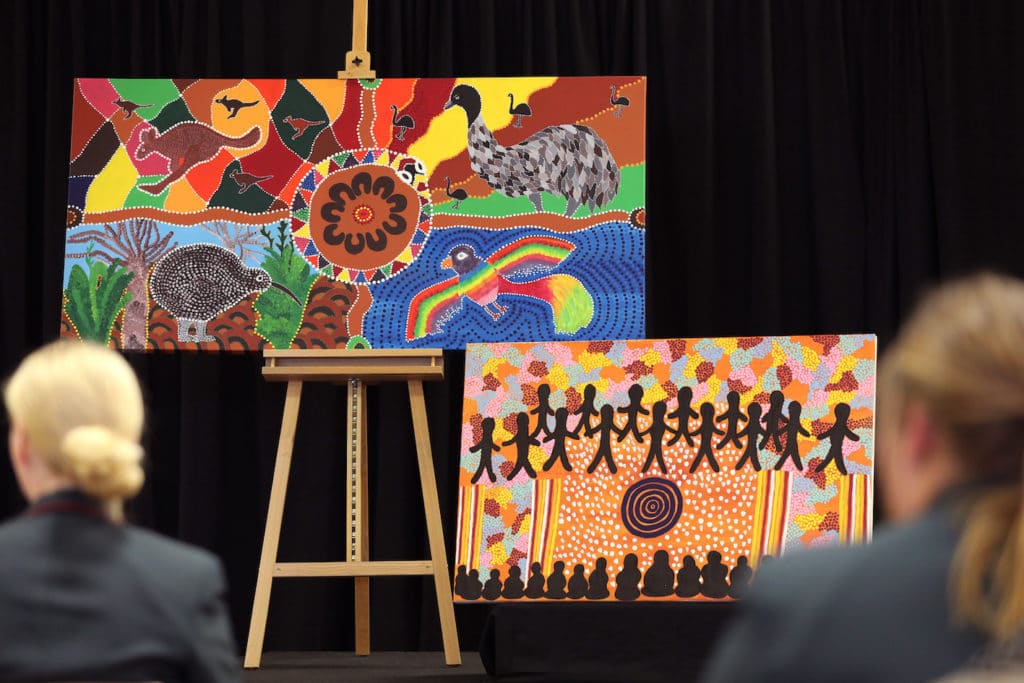
The 2021 NAIDOC theme is Heal Country. The theme calls us to continue to seek greater protections for our lands, our waters, our sacred sites and our cultural heritage from exploitation, desecration, and destruction.
As NAIDOC Week was held between 4 – 11 July, during our school holidays, we recognised this important occasion with a Cultural Diversity Assembly and NAIDOC Day activities this week.
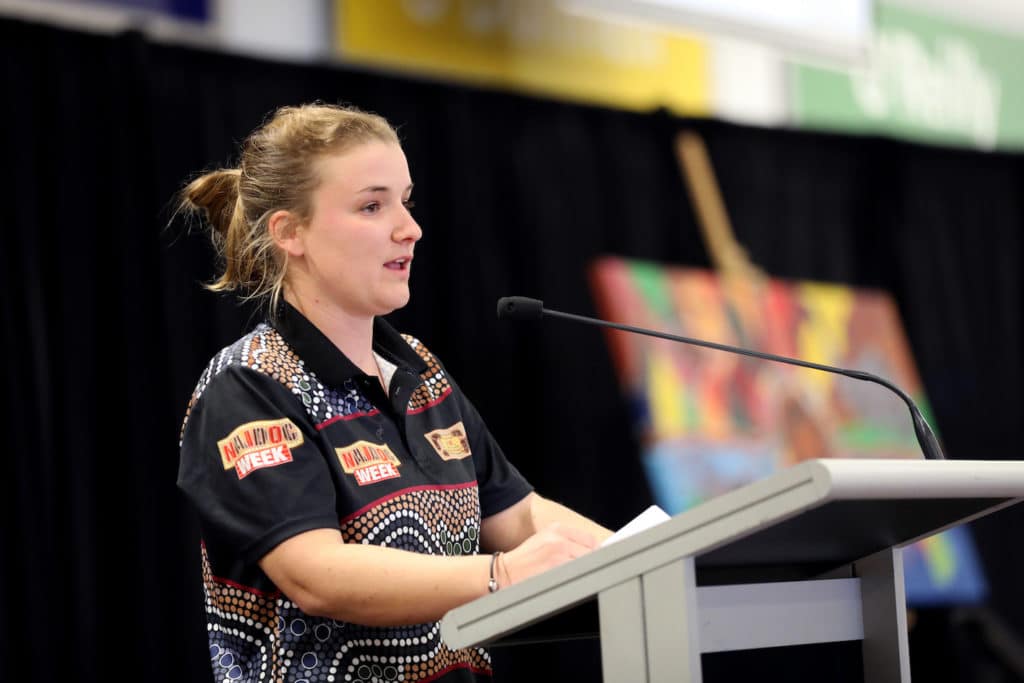
Acknowledgement of Country
Our assembly started with an Acknowledgment of Country by staff member Olivia Gamble. It was followed by a prayer honouring the Four Directions, which has its roots in Indigenous culture. The purpose of this is to express gratitude to the Creator Spirit for our connection to country, to people and all living things. Students and staff turned to face east, south, west and north as the prayer was spoken.
The symbol of the East is the magpie, which announces the coming of the sun at dawn. As the sun rises in the East with the promise of a new day, we are guided by Jesus, leading us to be people of peace and reconciliation. Thank you for the gifts of the East.
The symbol of the south is the Emu. A bird that tracks the land and who searches with intense curiosity. It is in searching one’s experience and culture that one discovers the tracks of God in our past and present. Thank you for the gifts of the South.
The sun travels across the sky and sets in the West. We look to the West with hopes and dreams of respectful relationships and greater opportunities as we move into the future. Thank you for the gifts of the West.
The north represents the wisdom of the ancient sources from the past. The land is like the scriptures in that it speaks to us through sacred stories and signs that are inscribed in the landscape and in the animals who inhabit it. Thank you for the Gifts of the North.
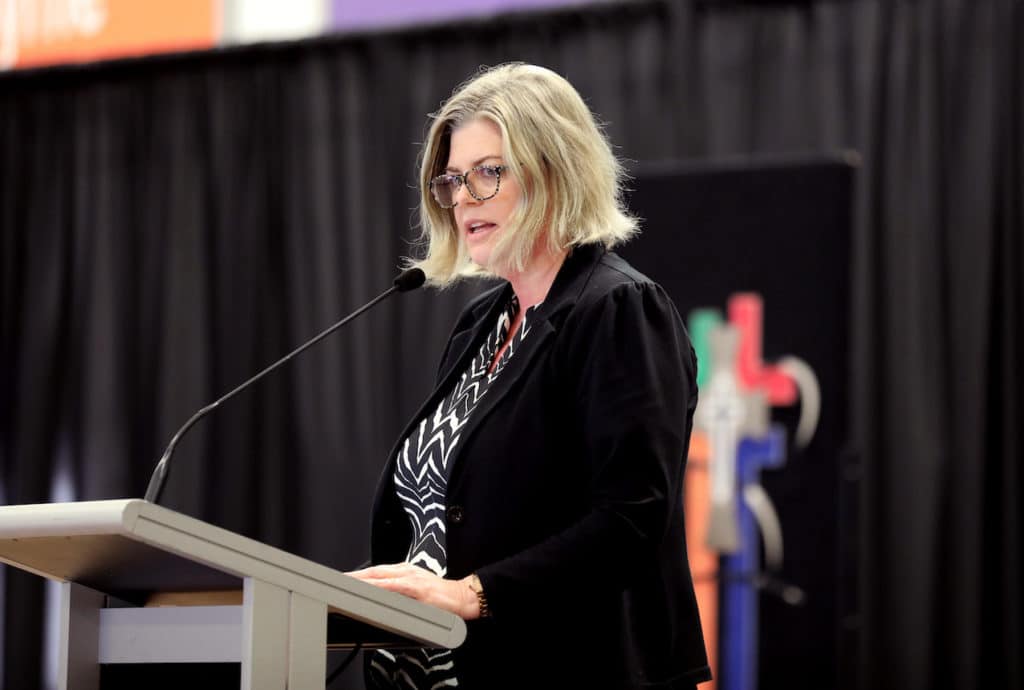
Humanities and Social Sciences Teacher Jessica Beazley spoke about her family’s relationship with indigenous Australians modelled by her grandparents and parents and through their political careers. Jessica said, “My grandparents cared very deeply about the plight of indigenous people at a time when they had neither civil or voting rights, when most lived in appalling conditions on mostly white administered reserves, when they did not own one acre of land and lived in complete subjection. It is not a surprise then that when my father entered politics, he too had an underlying respect of, and compassion toward the plight of Australia’s indigenous people.”
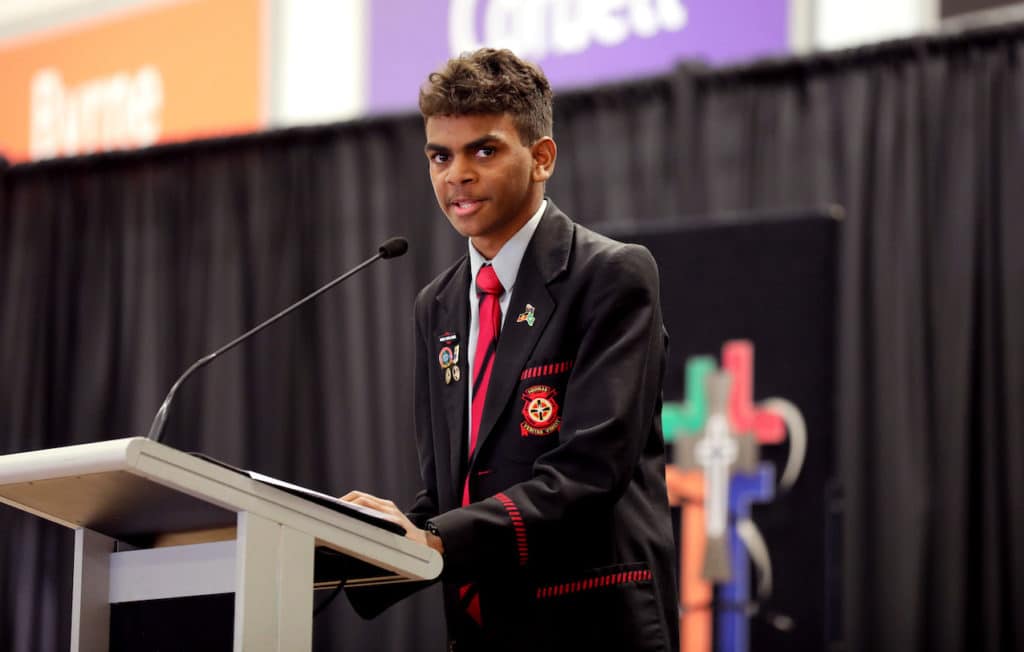
Year 9 Aquinas College student Tremaine Baxter-Edwards spoke next. Tremaine is a Woolah-Jaru boy of the Wudjalah nation. He spoke passionately about constitutional reform and issues of recognition, and justice for Indigenous people.
Year 9 Santa Maria College student Ainsleigh Passi is a proud Merriam Woman from the Dauar Eb tribe in the Torres Straits. Ainsleigh filled us in on her experience of the Young Indigenous Women’s STEM Academy. She said, “Due to my heritage, I have been given a variety of wonderful opportunities through the academy. Not only has it allowed me to meet other women in STEM and see what other job opportunities there are, I can also learn about Indigenous knowledge and technology that dates over 50,000 years.”
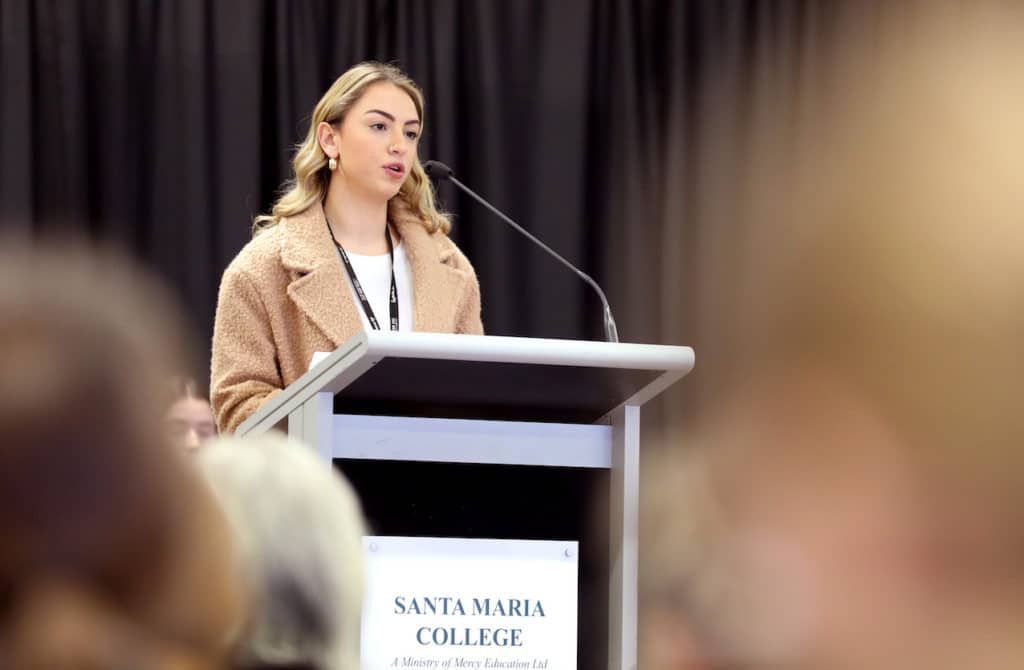
Next to speak was Daisy Humphries who spoke to the girls about her story, from a student at Mercedes College to Miss NAIDOC Runner Up. Daisy said she found strong role models in her grandparents, with their power, strength and sacrifice helping shape her life. Daisy told us she was embarrassed to confess her Aboriginal heritage when she was younger but losing her Pop gave her a greater sense of pride and empowered her to embrace her culture proudly. Daisy is now a strong advocate for young Indigenous people.
We were also fortunate to have talented musician Kobi Morrison join us to share his story of how he’s following in his mother’s footsteps. Kobi also sang for us in the Noongar language.
In Conclusion
To conclude the assembly, we were asked as a community, to commit to working towards reconciliation and developing an understanding that diversity is more than being aware of the differences in people. It is in fact embracing all cultural backgrounds and creating a campus that celebrates and appreciates the diversity of its students.
We pledge to build a society where we celebrate our country’s traditional owners and their culture and appreciate the land upon which we walk, treating it with respect. Let’s all make that a priority.
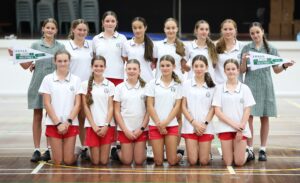
Santa Maria Teams Shine in Term 1 Sports
Santa Maria had a huge number of girls in the IGSSA AFL and Volleyball competition with strong results for a number of teams.
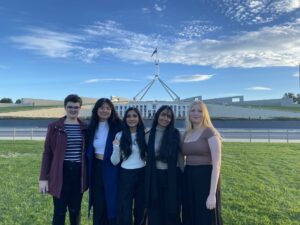
Lee-Elle’s Insights from the ‘Make it 16’ Forum
Lee-Elle Cooper is a passionate Year 12 student who advocates for youth engagement and political participation. She has recently returned from the Make It 16 Forum in Canberra.

With Laurissa Knowles From Valley Depths to Mountain Peaks (1993)
Laurissa Knowles (1993) has had an incredible career journey so far, from Santa Maria College Teacher to Celebrant and Councillor.
- Featured, Learning4Life
Author: Santa Maria College
Santa Maria College is a vibrant girls school with a growing local presence and reputation. Our Mission is to educate young Mercy women who act with courage and compassion to enrich our world. Santa Maria College is located in Attadale in Western Australia, 16 km from the Perth CBD. We offer a Catholic education for girls in Years 5 – 12 and have 1300 students, including 152 boarders.
